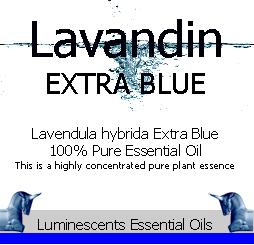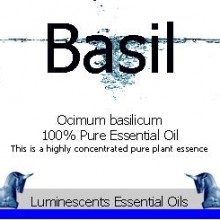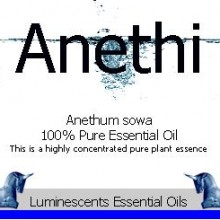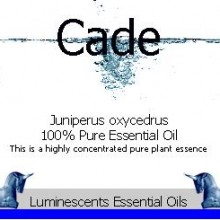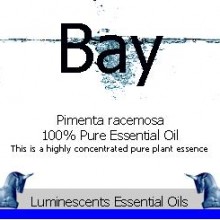Lavandin is the name for a variety of lavender that comes from a cross of English and spike lavender (augustifolia x latifolia.) Commonly grown in France, it dates from the 1820s.
REPORTED ATTRIBUTES:
Lavandin is incredibly versatile and has beneficial effects on all the systems of the body. Excellent for high blood pressure, heart palpitations and other cardiac disorders due to its sedative action on the heart.
Lavandin provides pain relief, relieves spasm and soothes inflammation in conditions such as arthritis, muscular aches and pains, rheumatism, cramps, sprains and strains.
Lavandin is renowned as an immune booster and is recommended for protection against all infections, viruses, colds and throat disorders.
Lavandin is invaluable for all skin care due to its powers of rejuvenation and balancing effects. Helps to heal burns, sunburn, acne, boils, bruises, eczema, fungal infections such as athlete’s foot, psoriasis, infectious skin conditions such as scabies and chicken pox, and wounds and sores of all descriptions.
Generally used more frequently as a fragrancer, Lavandin is the preferred choice of many candlemakers and room freshener manufacturers. lavandin contains far more camphor, making it a “louder”, far less subtle note than true lavender. Lavandin is used a lot in culinary concoctions. It has a harsh, terpenic note and is more pungent than another popular lavandin known as Provence.
BLENDS WELL WITH
Lavandin blends well with virtually everything but stands alone very highly and is well regarded throughout the industry for its somewhat sharper fragrance than true lavenders.
HISTORY:
A specific cultivar of lavadin known as Abrialii or Abrial or Abrialis formed the basis of the French lavender industry from 1935 to the 1970s. However this variety was susceptible to disease from a pathogenic microorganism. The disease cut the plant life from around eight to ten years to three or four. In 1972 Abrialii was replaced by Grosso and since 1975 Grosso has been the dominant cultivar. Also in use today is the variety Super discovered in the foothills of the Alps.
In the 1920s the lavender grown in France was about 90% self sown seed and the crop was small – a mere 1 to 2 tons of oil. Today France grows lavadin in large amounts- 28,000 acres yielding between 900 to 1,100 tons of oil.
Most of this oil is used to scent detergents and soaps. The plants make great landscaping and produce high quality oil. All lavandins are much less susceptible to the fungus that can ravage the English lavenders. In the USA Grosso has become the favored aroma for soaps, room fresheners, candles, and culinary use. It has a harsh, terpenic note and is more pungent than another popular lavandin known as Provence.

